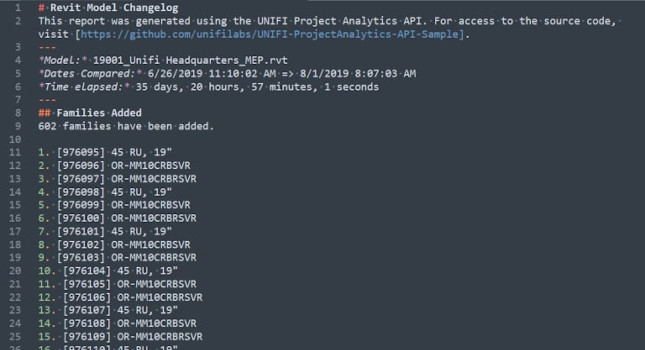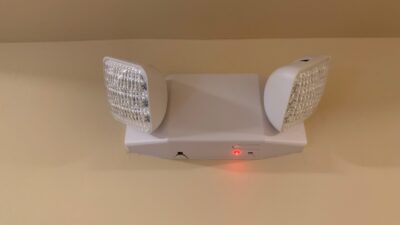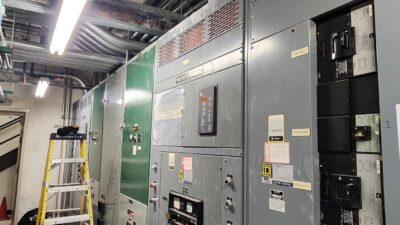Learning from the success of other architecture, engineering and construction firms is vital

Business owners and executives often mistakenly assume that it is wrong to follow another company’s lead. Innovation is crucial, yet it also makes sense to learn from the successes of peers in the industry.
In 1954, Don Stanley started Stantec as a one-person firm. Sixty-six years later, few firms have diversified not only their services but their technology approach as quickly and effectively as Stantec.
At Stantec, the company has always put its clients’ needs at the forefront of what it does and, as a result, it brings the tools to bear that will most effectively deliver for them. As such, Stantec has been implementing digital tools for decades in multiple different capacities, from early computer-aided design and rudimentary models to today’s sophisticated, data-rich models, common data environments, design algorithms, virtual reality environments and digital twins. Its tech stack evolved out of responsiveness to the clients’ needs, finding the right set of software that worked well together to deliver efficiently in addition to designs that are impactful to their clients and their communities.
As technology has evolved rapidly, the collaboration between remote parties has undoubtedly been one of the most substantial pain points that technology has significantly assisted.
The firm credits its collaboration tools with not only being able to work on models with consistent content libraries and to share and collaborate easily with employees in other offices or other firms, but for itself as a company. With today’s COVID-19 challenges, these collaboration tools are even more critical with the majority of the staff working remotely. Fortunately, the early transition to cloud-based tools made that evolution quite straightforward.
Regarding the company’s technology roadmap, it is taking a holistic approach to map out a baseline workflow that serves as a departure point for all projects. No two projects are ever the same, but if all projects depart from the same baseline, it increases the chances that more projects work in a similar way that allows for greater familiarity with approach and ease of transition between projects.
As new technologies continue to emerge, Stantec is always on the lookout for the next great tool that further streamlines its workflows. The first step in introducing any new technology into the production environment is to do a comprehensive review of the tool to understand how it fits in, how it helps staff work better and to ensure that it meets the stringent security requirements. From there, Stantec starts with small pilot teams to thoroughly vet the software in a real-world scenario and then scale up as appropriate based on the context of the tool.




